Channel steel is a long steel strip with a grooved cross section. It is a carbon structural steel for construction and machinery. Its unique C-shaped or U-shaped cross section makes it an important profile in structural engineering. Channel steel is widely used in building structures, curtain wall engineering, mechanical equipment, vehicle manufacturing and other industrial fields, and can provide excellent support strength, durability and stability.
Structural characteristics of channel steel
The design feature of channel steel is its two parallel flanges, which can be of uniform thickness or tapered, depending on the type of channel steel. In addition, the channel steel will form a flat web area during the hot rolling process, which gives it good load-bearing capacity and structural stability. The raw materials for the production of channel steel are generally carbon structural steel or low alloy steel with a carbon content of no more than 0.25%, and are formed by hot rolling or normalizing process to ensure its good weldability, riveting performance and mechanical properties.
Steel Channel Sizes and Dimensions
The specifications of channel steel are expressed as waist height (h) × leg width (b) × waist thickness (d). For example, 100×48×5.3 means a channel steel with a waist height of 100mm, a leg width of 48mm, and a waist thickness of 5.3mm, referred to as 10# channel steel. For channel steels with the same waist height but different leg widths and waist thicknesses, letters such as a, b, and c will be added after the model to distinguish them, such as 25#a, 25#b, 25#c, etc.
Steel channel sizes and dimensions play a crucial role in determining the suitability of these structural components for various applications. Standardised to ensure uniformity, dimensions include depth, width and thickness, crucial factors in load bearing capacities. Understanding the weight per unit length further aids in project planning and material selection. Whether it’s selecting the right C purlin for framing or a PFC channel for lateral support, understanding steel channel sizes and dimensions enhances precision and efficiency in construction.
Chemical Composition
The chemical composition of channel steel can vary depending on the specific grade and standards followed. However, most structural steel channels are made from mild steel or carbon steel, which typically contains:
|
Carbon
|
Manganese
|
Silicon
|
Phosphorus
|
Sulfur
|
Chromium
|
Nickel
|
Copper
|
|
0.12% to 0.30%
|
0.60% to 0.90%
|
0.15% to 0.40%
|
≤ 0.04%
|
≤ 0.05%
|
0.30% to 1.00% max
|
0.30% to 0.60% max
|
0.20% to 0.50% max
|
Channel steel types
According to the production method and purpose, channel steel can be divided into the following types:
Ordinary channel steel: commonly used in building structures, machinery manufacturing, vehicle frames and fixed cabinets, etc.
Lightweight channel steel: Compared with ordinary channel steel, it is lighter and suitable for structural engineering with lower load-bearing requirements.
Hot-rolled channel steel: The specification range is 5#-40#, which is a common profile in the construction and engineering fields.
Flexible channel steel: customized according to the agreement between the supply and demand parties, the specification range is usually between 6.5#-30#.
Cold-formed channel steel: further subdivided into the following according to the shape:
Cold-formed equilateral channel steel: the
flange width is equal, suitable for structural support and load-bearing applications.
Cold-formed unequal-sided channel steel: the flange widths on both sides are different, suitable for special support structures.
Cold-formed inner-curled channel steel: the flanges are bent inward to improve strength and stability.
Cold-formed outer-curled channel steel: the flanges are bent outward to enhance connection capacity and anti-deformation performance.
Application areas of channel steel
Channel steel plays an important role in the construction and industrial fields, mainly used for:
Structural support: as a supporting material for building frames, bridges, wall columns, wooden beams and door frames, it provides high-strength load-bearing capacity.
Machinery manufacturing: used for vehicle chassis, equipment frames and skeleton parts of large machinery to improve the stability of the overall structure.
Curtain wall engineering: provides solid skeleton support for glass curtain walls and facades to ensure safety and durability.
Fences and guardrails: used for fence structures in construction sites, industrial plants and residential areas to provide safety guarantees.
Classification and difference between square steel and channel steel
Square steel: It is a solid bar, different from square tube, which is hollow and belongs to pipe. Steel (Steel): It is a material made of various shapes, sizes and properties required by steel ingots, billets or steel through pressure processing. Theoretical weight calculation formula of square steel: side length (m) Х side length (m) Х 7850 (kg/m^3) = kg/m
Channel steel is a long steel with a groove-shaped cross section. It is a carbon structural steel for construction and machinery. It is a complex cross-section steel with a groove-shaped cross section. Channel steel is mainly used in building structures, curtain wall engineering, mechanical equipment and vehicle manufacturing.
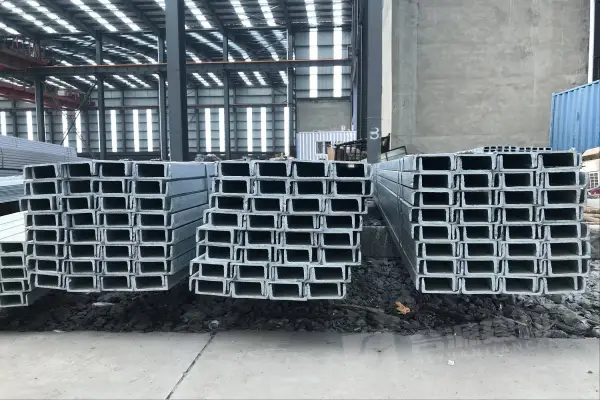
Advantages and Benefits of channel steel
Steel channels present a range of advantages, making them a preferred choice in construction and manufacturing. Renowned for their unmatched strength, these channels offer durability, ensuring long lasting structural integrity. Their versatility offers a cost effective solution, outshining alternatives like wood or aluminium. The benefits of using steel channels extend beyond mere support, encompassing adaptability, resilience and efficiency, making them an indispensable component.
Conclusion
As an important steel material in construction and industrial manufacturing,
channel steel plays an important role in many industries with its unique structural design, good mechanical properties and wide application scenarios. According to different load-bearing requirements and engineering requirements, the appropriate channel steel type can be selected to ensure the best structural performance and economic benefits.






 English
English Español
Español بالعربية
بالعربية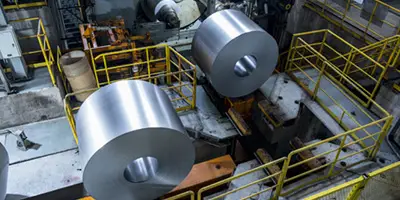

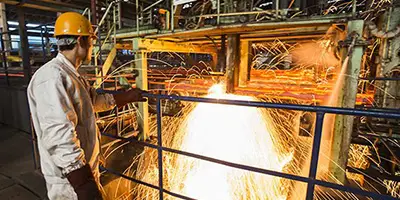
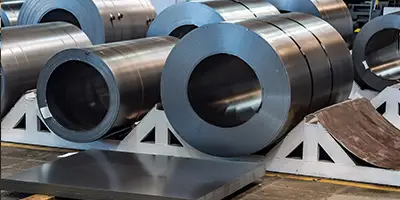

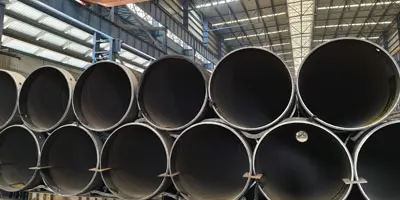
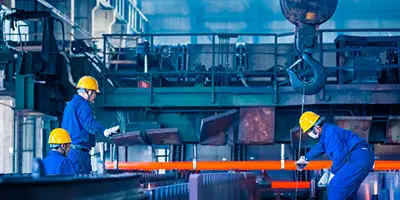
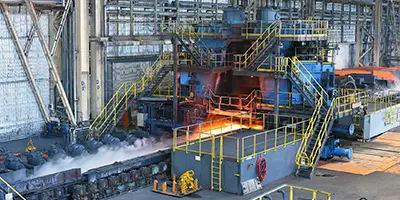
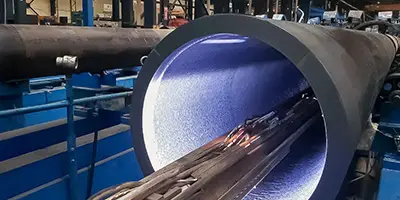
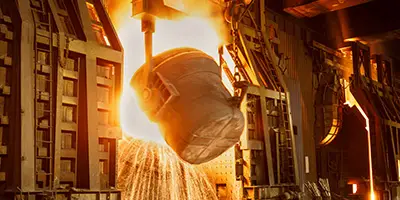
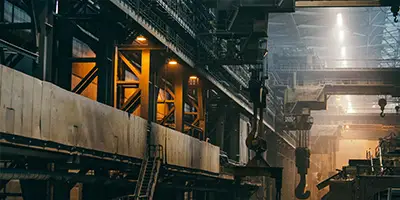

 Phone :
Phone :  Whatsapp :
Whatsapp :  Email :
Email : 


